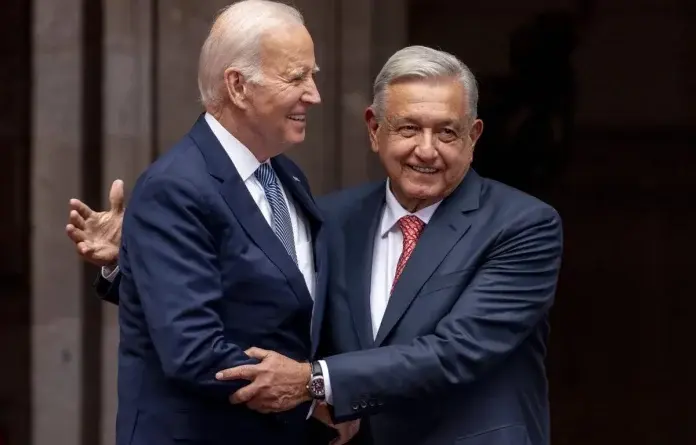- P.O. Box: 11482 Yaoundé, Cameroon; Headquarters: Efoulan, Yaoundé 3
- contact@caessinternational.org

U.S. President Joe Biden began his first official visit to Mexico on Sunday, January 8, 2023, with a pressing agenda focused on record levels of migration and the thousands of overdose deaths in the United States caused by fentanyl, a synthetic drug produced by Mexican cartels. Nearly two-thirds of the 108,000 overdose deaths recorded in the U.S. in 2021 were linked to synthetic opioids. According to the DEA (U.S. Drug Enforcement Administration), the amount of fentanyl seized in 2022 alone exceeded what would be needed to kill the entire U.S. population.
Regarding migration issues, before arriving in Mexico City, Joe Biden made a stop in El Paso, Texas—a key entry point for migrants along the 3,100 km shared border. The American president, often criticized by the Republican opposition for turning a blind eye to the crisis, met with border patrol agents in an effort to address a major weakness in his record. "They need a lot of resources. We’re going to find them," he said after visiting a border checkpoint.
The White House had already announced new measures on Thursday aimed at easing pressure on the border, where more than 230,000 arrests were recorded in November alone. Up to 30,000 migrants per month will be allowed to enter the United States from Cuba, Haiti, Nicaragua, and Venezuela, but they must arrive by air to avoid overburdening ground border patrol agents.
It took two years for Joe Biden to visit the U.S.-Mexico border—a delay seen as a sign of laxity that the White House is now trying to correct, likely in a broader effort to reassert U.S. regional leadership.